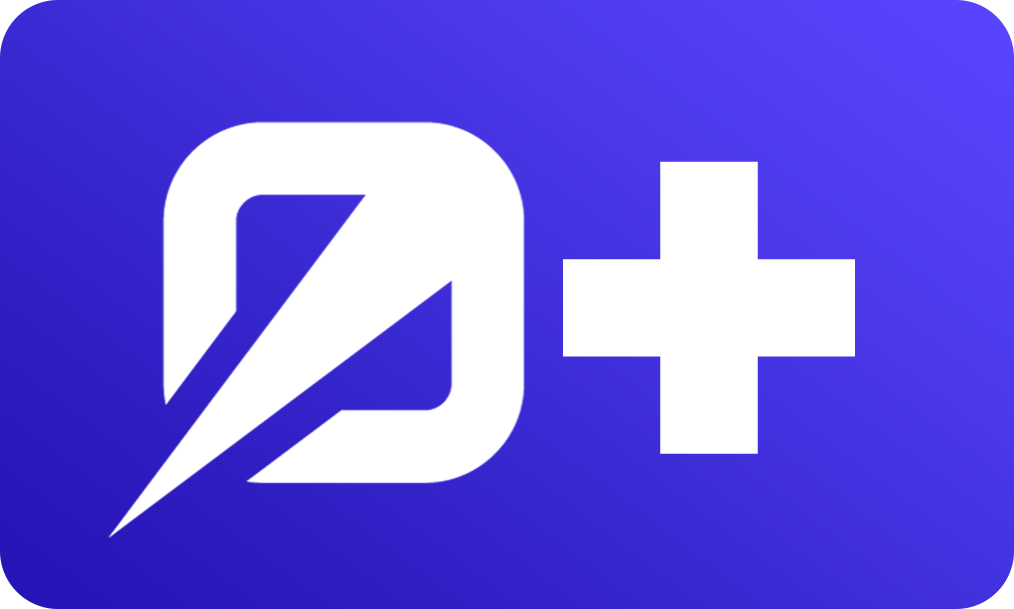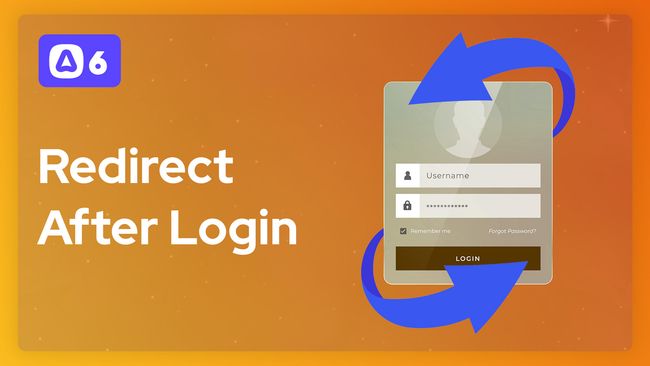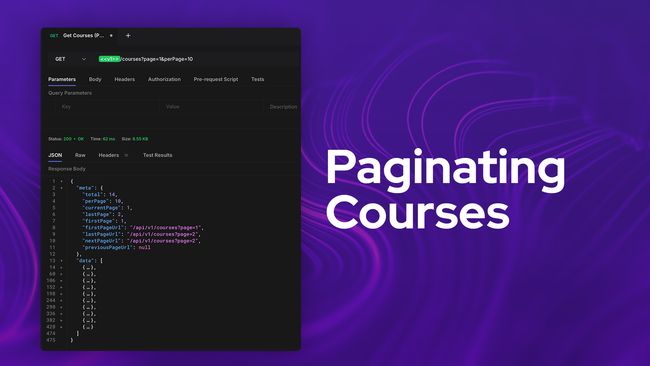Series
AdonisJS Quick Tip
Quick tips, lessons, and screencasts covering specific topics on AdonisJS.
Building with AdonisJS & Inertia
We'll learn how to use InertiaJS with AdonisJS 6 to build a feature-complete application, called PlotMyCourse. Our application will use server-side rendering (SSR), Vue 3, and Shadcn-Vue. It'll feature organizations, drag-and-drop, and lots of forms.
Let's Learn AdonisJS 6
In this series, we'll learn AdonisJS 6 step-by-step in a beginner-friendly way. Covering topics like routing, controllers, services, EdgeJS, Lucid ORM, forms, filtering, authentication, etc.
Let's Learn AdonisJS 5
Learn AdonisJS 5 in-depth as we step through all the major functionalities of the framework in-depth. Learn about Routing, Controllers, Lucid, Auth, and much more.
Let's Build with AdonisJS
Livestreams where we build applications using AdonisJS 5. Starting out, we'll be rebuilding Adocasts, formerly called Jagr.Co.
Let's Learn AdonisJS 5 Preview
In this series, we'll be doing a deep-dive into AdonisJS 5's Preview version. We'll learn about routing, controllers, the Lucid ORM, migrations, it's CLI, handling file uploads, transactional email, and much more.
Discussions
Passing parameters to the router line
Hello, sorry to bother you, but could you tell me if it is possible to build a URL address in which the :city parameter will specify different cities, for example: /fly-to-amsterdam or /fly-to-parisI tried to make a router like /fly-to-:city...
Lessons




Performing Full-Text Search
In this lesson, we'll learn how to perform a full-text search with Meilisearch while also building the structural base for what will eventually serve as our multi-search autocomplete.



AdonisJS Quick Tip #24.0
How To Redirect Back to the Previous Page After Login with AdonisJS
In this lesson, we'll learn an easy way we can safely redirect our user's back to their original page after they login or register in an AdonisJS application. We'll also verify the URL matches an actual GET route definition within our application.




Basic Course Search & Filter
In this lesson, we'll add a new search endpoint for our courses and enable some basic filter functionality along with it. We'll be able to search by course name likeness, status, difficulty, and/or access level.




Lesson Operations
In this lesson, we'll implement most of the CRUD functionality for our lessons, including creating, updating, deleting, and patching our lesson's tags. We'll also discuss why we'll treat lessons as a top-level resource.




Getting Just Course Modules & Lessons
In this lesson, we'll remove our GET module route, using the except method on our resource. Then we'll refactor to add a GetModules action




Course Module Nested Resource
In this lesson, we'll work on nested resourceful endpoints for our course modules. We'll add endpoints to create, update, patch, and deleting modules from a specific course.




Paginating our Course List
In this lesson, we'll transform our courses list endpoint into a pagination endpoint. We'll check and validate our query string for a page and per page parameter that we'll then use to fetch pages of our courses.




Status API CRUD
In this lesson, we'll duplicate everything we did one more time for our organization's statuses.




Access Level API CRUD
In this lesson, we'll walk through adding API endpoints for the full CRUD (create, read, update, and delete) flow for our organization's access levels.
Snippets
Require Route Parameter To Start With @ To Match
You can use route matchers to specify requirements on the route parameter. In this snippet, we require our username param to start with the @ character for the route to match.

